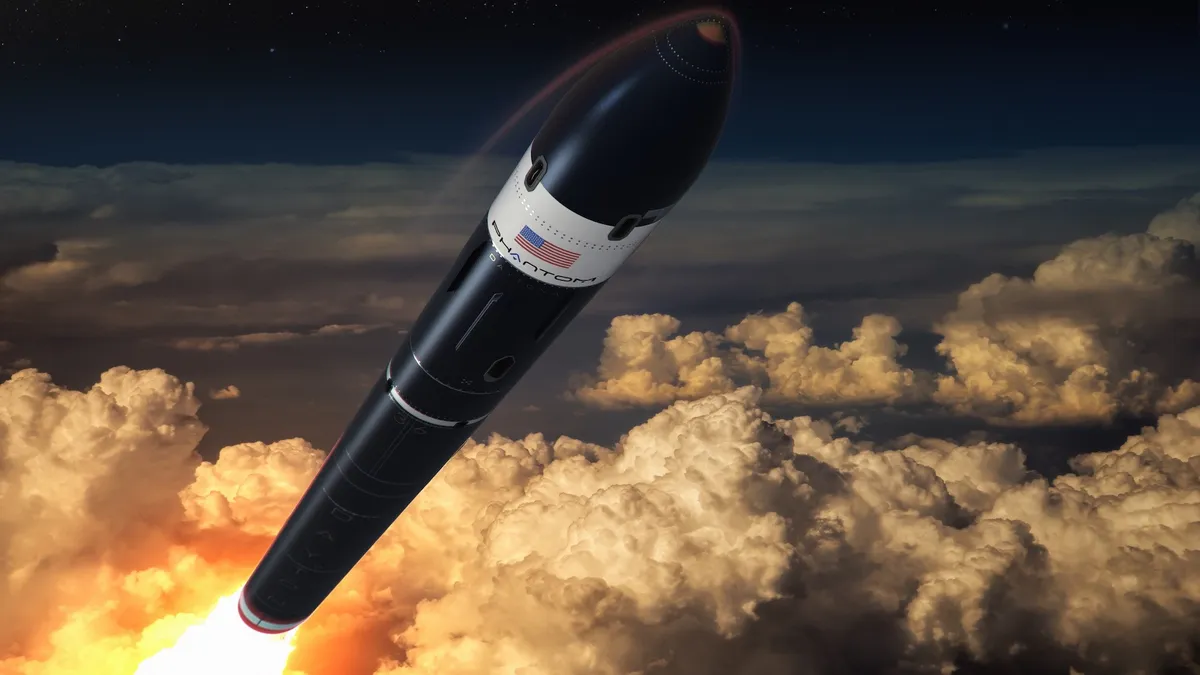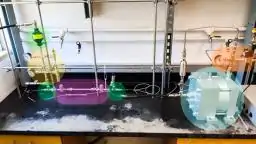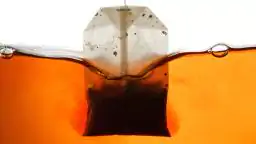Aiming to extract hydrogen for energy generation, scientists are looking at various ways of production, especially ones that do not strain existing natural resources.
In a breakthrough, an international team of scientists from the University of Adelaide has devised a cost-effective method to split seawater to produce hydrogen directly. The research gains significance as earlier methods needed seawater to be treated using an energy-intensive process before splitting it using electrolysis.
The team has published their research in the journal Nature Energy. "We have split natural seawater into oxygen and hydrogen with nearly 100 percent efficiency to produce green hydrogen by electrolysis, using a non-precious and cheap catalyst in a commercial electrolyzer," said Shizhang Qiao, a professor at the university, in a news release.
Recently, a team of researchers in China developed a membrane-based seawater electrolyzer capable of directly splitting seawater to produce hydrogen.
An efficient process to produce Hydrogen
The team used a low-cost catalyst, which is cobalt oxide coated with chromium oxide on its surface. The process used seawater without being subjected to treatment stages like reverse osmosis desolation, purification, or alkalization.
Researchers were able to match the performance of a commercial electrolyzer with their catalyst and seawater to a system with platinum/iridium catalysts running in a feedstock of highly purified deionized water.
According to the team, the process helps supplement the supply of hydrogen to wholly or partially replace fossil fuel-powered energy sources while relieving the pressure on the need for utilizing limited freshwater sources around the globe.
Seawater, an ideal source for generating hydrogen
The abundance of seawater around the globe makes it an ideal natural feedstock electrolyte to generate hydrogen, which is increasingly becoming a source of green energy in various sectors. However, such a process isn't practical for scarce seawater regions.
Also, researchers still have to deal with a few issues with seawater electrolysis as it exhibits increased electrode side reactions and corrosion arising from the complexities of using seawater compared to pure water.
"It is always necessary to treat impure water to a level of water purity for conventional electrolyzers, including desalination and deionization, which increases the operation and maintenance cost of the processes," said Zao Zheng, an associate professor at the university.
The team is currently working to scale up the system by using a "larger electrolyzer so that it can be used in commercial processes such as hydrogen generation for fuel cells and ammonia synthesis."
Abstract
The use of vast amounts of high-purity water for hydrogen production may aggravate the shortage of freshwater resources. Seawater is abundant but must be desalinated before use in typical proton exchange membrane (PEM) electrolyzers. Here we report direct electrolysis of real seawater that has not been alkalized nor acidified, achieving long-term stability exceeding 100 h at 500 mA cm?2 and similar performance to a typical PEM electrolyzer operating in high-purity water. This is achieved by introducing a Lewis acid layer (for example, Cr2O3) on transition metal oxide catalysts to dynamically split water molecules and capture hydroxyl anions. Such in situ generated local alkalinity facilitates the kinetics of both electrode reactions and avoids chloride attack and precipitate formation on the electrodes. A flow-type natural seawater electrolyzer with Lewis acid-modified electrodes (Cr2O3–CoOx) exhibits the industrially required current density of 1.0 A cm?2 at 1.87 V and 60 °C.


"Our first space launch will occur in less than half the time it took Space X to achieve that milestone," said Phantom Space CEO Jim Cantrell.

 How keeping cool just went green, thanks to solid refrigerants — The Blueprint
How keeping cool just went green, thanks to solid refrigerants — The Blueprint
 Spill the tea: Who lives in your beverage?
Spill the tea: Who lives in your beverage?Tunnelling under extreme conditions: Renewing the Ritom power plant
EV battery nickel product to be produced in the US for the first time
China claims success in milking cloning tech : 3 'super cows' born



